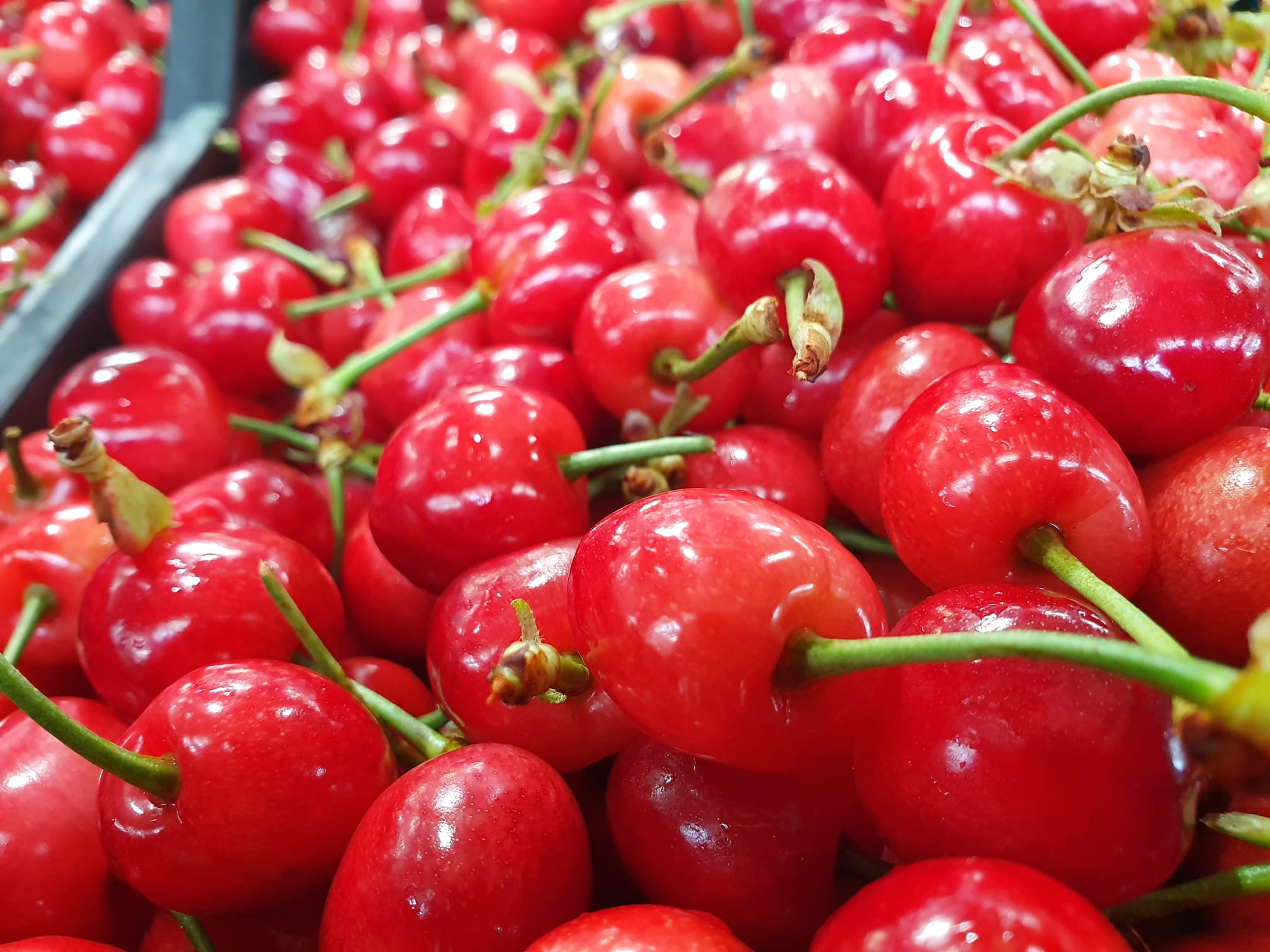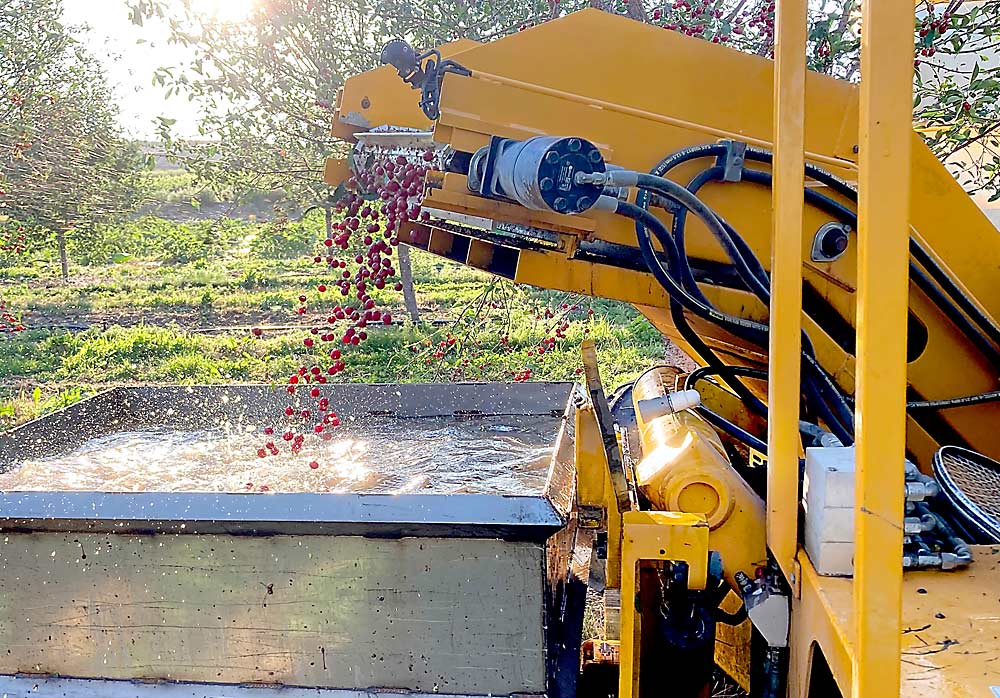Argentinean cherry exports closed a good season. As already anticipated by Más Producción, a new record of shipments abroad was reached this season. This figure is more than encouraging.
But analysing the statistics presented by the Argentine Chamber of Integrated Cherry Producers (CAPCI), there are some important details worth highlighting.
 Image 1: Argentinean cherry exports (in tonnes) from 2006 to 2024.
Image 1: Argentinean cherry exports (in tonnes) from 2006 to 2024.
The first is the change in the ranking of companies exporting this type of product. At the end of the current season, the company Vista Alegre, whose plants are located in Neuquén, led Argentina's foreign sales with 1,213 tonnes shipped, a volume that represents an increase of around 60 per cent compared to the previous year. In doing so, Vista Alegre displaced Cooperativa de Productores Integrados, relegating it to second place in terms of exported volume.
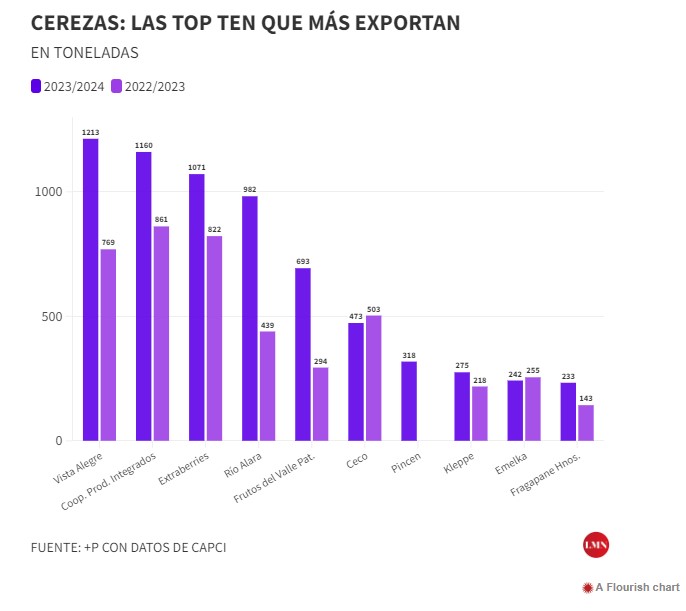 Image 2: Top 10 Argentinian cherry exporters (in tonnes) over the last two seasons.
Image 2: Top 10 Argentinian cherry exporters (in tonnes) over the last two seasons.
In general, most of the companies recorded an increase in exportable supply this season. But there were exceptions, as in the case of Ceco and Emelka - both from the Media Valle del Río Negro - as the attached graph shows. This drop in exports is related to the hail storms that hit the region towards the end of the harvest.
Another point to note is the evolution of the destinations of the exportable supply of Argentinean cherries. Everything suggested that the share of the Chinese market in total shipments this season would increase, as was the case with the Chilean cherry. However, statistics show the opposite.
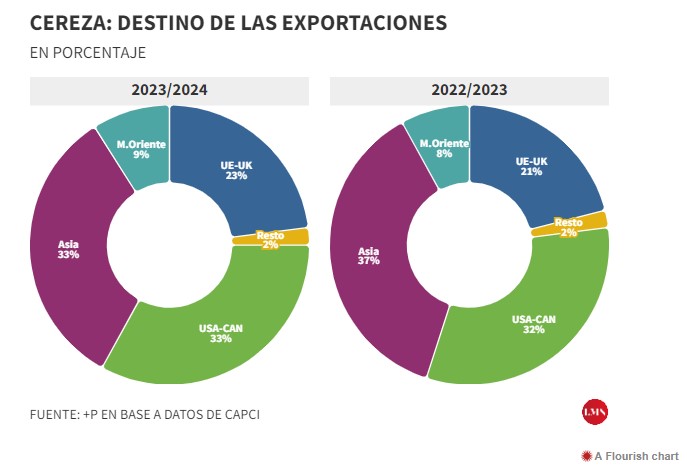 Image 3: Destinations of Argentinean cherry exports in the last two seasons.
Image 3: Destinations of Argentinean cherry exports in the last two seasons.
Although these variations are marginal, the European Union, the United States and the Middle East grew in terms of share, as the attached graph shows. There are several reasons for this deviation in destinations.
Another important fact is the origin of exports. The following graph shows that the province of Río Negro has supplanted Chubut in this statistics.
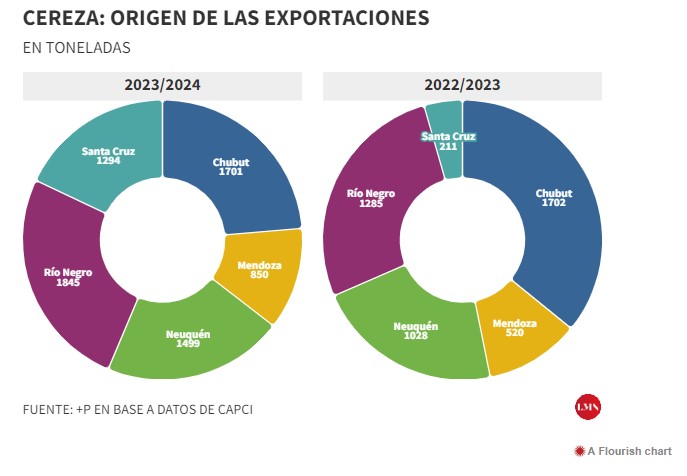 Image 4: Origin of Argentinean cherry exports (in tonnes) over the last two seasons.
Image 4: Origin of Argentinean cherry exports (in tonnes) over the last two seasons.
This figure does not take into account the losses caused by hail, mentioned above. According to official data, these storms affected more than 750 tonnes of cherries for export, many of which had to be redirected to the domestic market. Had it not been for these storms, the Rio Negro would have recorded record exports.
But apart from these climatic vicissitudes, the season for the province ended positively.
Source: Más Producción
Images: Más Producción
Cherry Times - All rights reserved









